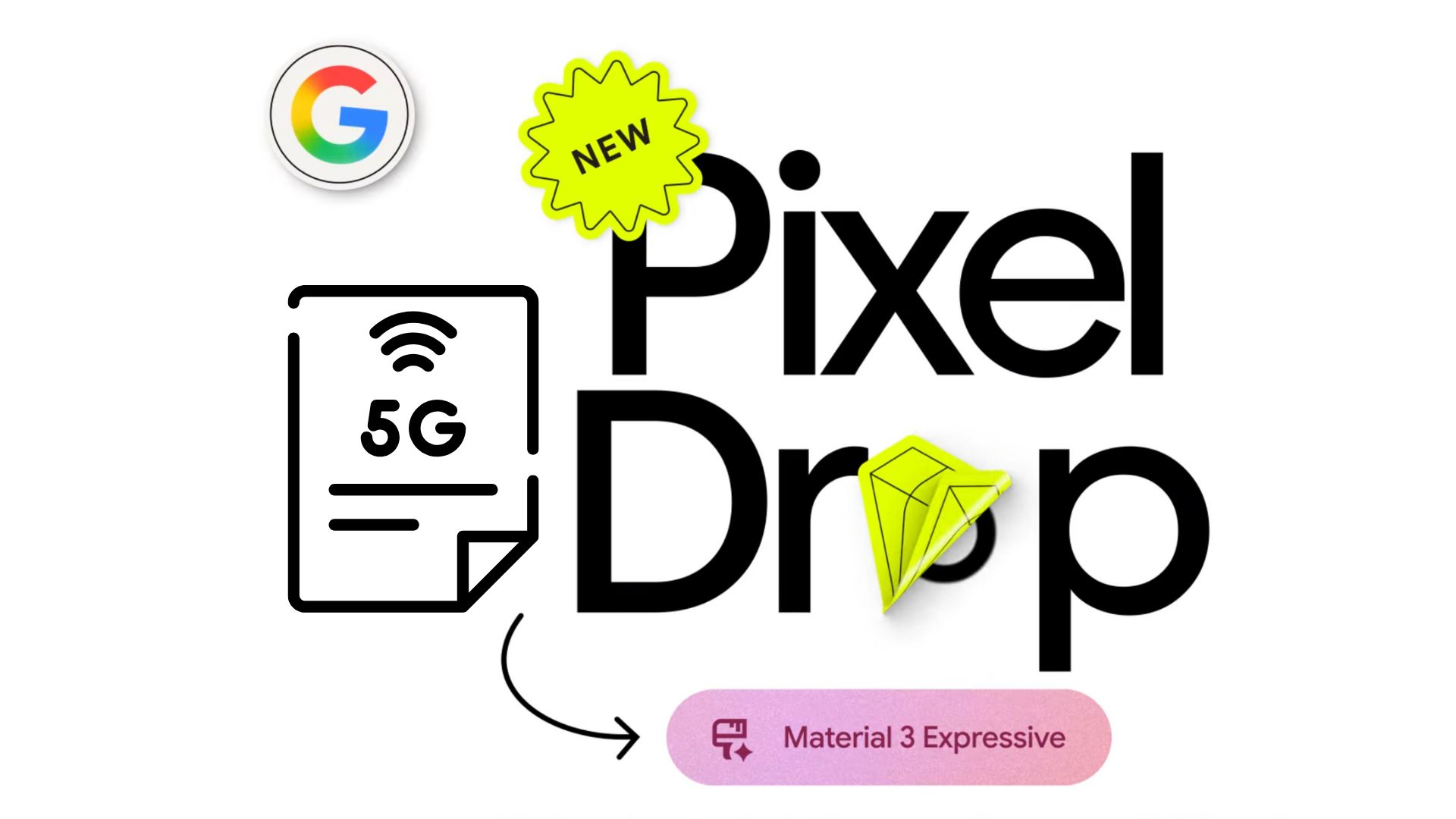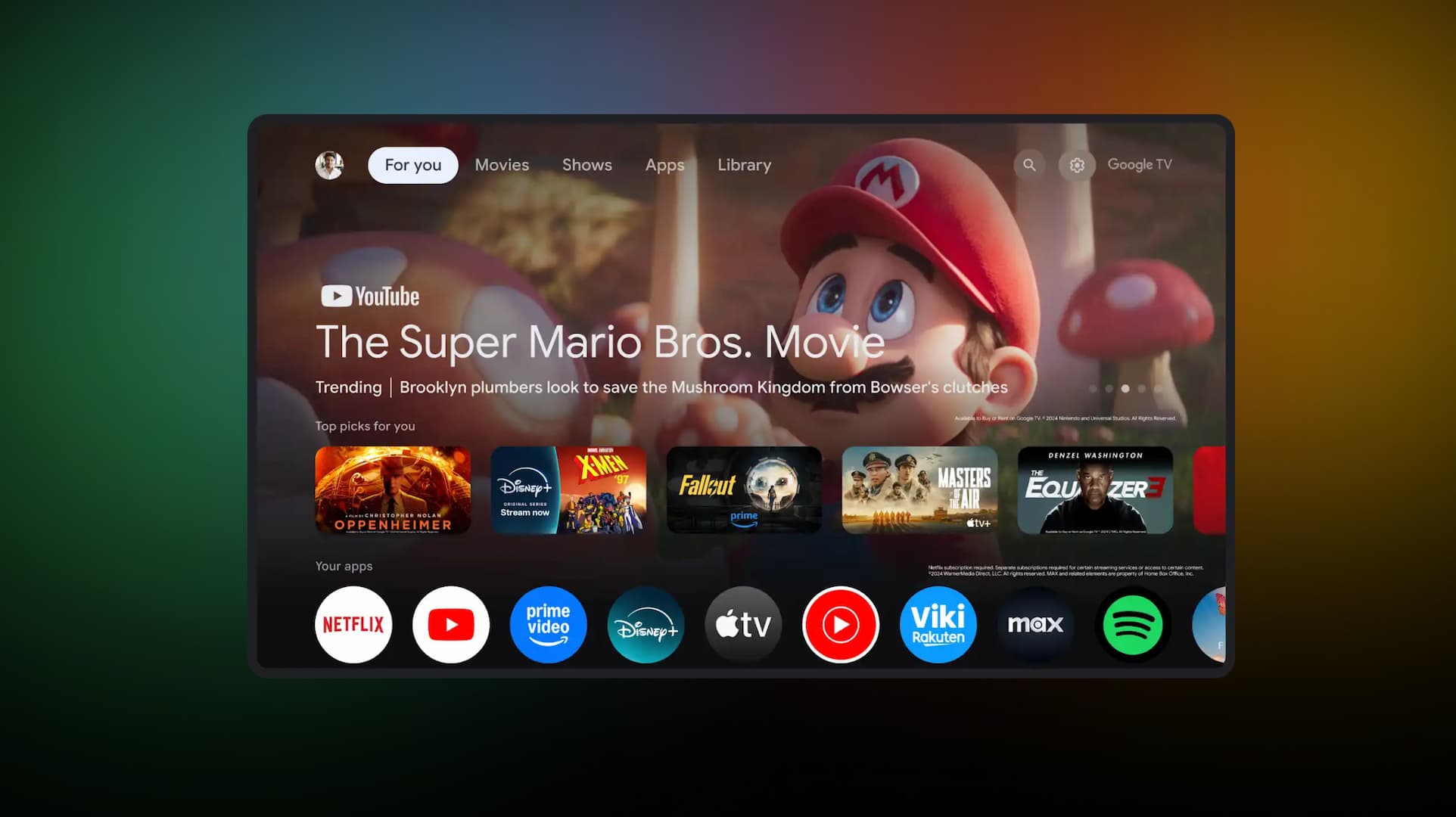Android 16 QPR1 Stable update enables 5G for many Carriers and Countries globally

While today’s stable update for Android 16 brings Material 3 Expressive update with the September 2025 security patch, the Pixel Feature Drop also enabled 5G bands for several carries and countries. However, there is not list from Google showcasing which carriers and countries enabled the 5G band. Google finally released Material 3 Expressive to the stable channel across all supported Pixel devices ranging from Pixel 6 all the way to Pixel 9 Pro.
Google has officially rolled out its September 2025 monthly security patch and Pixel Feature Drop update today for all supported Pixel devices running Android 16. This comprehensive update addresses numerous critical issues that have been affecting user experience across the entire Pixel ecosystem, from the legacy Pixel 6 series to the cutting-edge Pixel 10 lineup.
What’s New in Google Pixel September 2025 Update?
Google has officially rolled out its September 2025 monthly software update for all supported Pixel devices running Android 16, marking another significant milestone in the company’s commitment to regular security patches and system improvements. This comprehensive update addresses numerous critical issues that have been affecting user experience across the entire Pixel ecosystem, from the legacy Pixel 6 series to the cutting-edge Pixel 10 lineup.
Google Pixel users have started receiving a massive OTA update today, weighing around 1 GB in size. It contains September 2025 security patch, the premium Material 3 Expressive refresh, brand new features like Live Effects for lock screen, and enabled 5G bands for more carriers and countries.
5G Band Expansion
The most exciting addition to this update, after Material 3 Expressive design, is the availability of 5G and additional 5G bands for many carriers and countries across the globe. This enhancement significantly expands network compatibility and should result in:
- Improved 5G Coverage: Users in previously underserved areas may now experience 5G connectivity
- Better Network Performance: Access to additional frequency bands can improve speed and reliability
- Enhanced Global Roaming: International travelers will benefit from broader 5G compatibility
- Future-Proofing: Devices are now ready for emerging 5G infrastructure worldwide
Universal Coverage Across the Pixel Ecosystem
One of the most impressive aspects of this update is its comprehensive device support. Google has ensured that virtually every supported Pixel device receives these improvements, demonstrating their commitment to long-term software support. The update covers:
- Legacy Devices: Pixel 6, 6 Pro, and 6a
- Mid-Generation Models: Pixel 7 series, 8 series, and their ‘a’ variants
- Foldables: Pixel Fold and Pixel 9 Pro Fold
- Tablets: Pixel Tablet
- Latest Flagship: Pixel 9 series in all configurations
- Newest Models: Pixel 10 series with the most recent software versions
Critical Audio and Performance Fixes
The September update tackles several fundamental issues that have been impacting daily usability:
Audio Quality Improvements
Users have been reporting call audio quality issues in certain conditions, and Google has addressed this with targeted fixes. This is particularly crucial for business users and anyone who relies heavily on phone calls for communication.
System Stability Enhancements
The update includes fixes for occasional system instability and performance slowdowns, which should result in a smoother, more reliable user experience across all devices.
Detailed Breakdown of Improvements
Battery and Charging Optimization
One of the most significant improvements targets the Pixel 9 series, addressing battery health display issues. This fix is crucial for users who rely on accurate battery information to manage their device usage throughout the day. Proper battery health reporting helps users make informed decisions about charging patterns and device longevity.
Biometric Authentication Enhancements
Fingerprint recognition has received general improvements across multiple device generations. Given how frequently users interact with biometric authentication, these enhancements should provide faster, more reliable unlocking experiences.
Bluetooth Connectivity Stability
Bluetooth performance and stability improvements address one of the most common pain points for smartphone users. Whether connecting to wireless headphones, car systems, or other peripherals, users should experience more reliable connections.
Camera System Refinements
The camera improvements focus on stability and performance, particularly for Pixel 8 series and newer devices. Given that camera quality is often a primary selling point for Pixel devices, these refinements ensure users can capture important moments without technical interruptions.
User Interface and Framework Fixes
Critical Input Issues Resolved
Perhaps one of the most frustrating issues addressed is the keyboard responsiveness problem where users were unable to type and the keyboard would stop responding. This fix alone will significantly improve the daily user experience for affected users.
Android Auto Integration
The update resolves a specific issue where the power button would stop working when connected to Android Auto while charging via USB-C. This fix is particularly valuable for users who rely on Android Auto for navigation and entertainment during commutes.
Navigation and Quick Settings
Multiple improvements target the user interface, including:
- Quick Settings shade functionality
- Navigation gesture reliability
- Home button responsiveness
- Touch screen responsiveness across multiple screens and applications
Security and Performance Under the Hood
Kernel and System-Level Improvements
The update includes kernel-level fixes that improve stability and performance. These low-level improvements often go unnoticed by users but contribute significantly to overall system reliability and efficiency.
Framework Optimizations
Framework improvements ensure better performance and stability in UI transitions, creating a more polished and responsive user experience.
Device-Specific Considerations
Pixel 10 Series Exclusives
The newest Pixel 10 series receives specific attention with fixes for screen blackout issues during webpage transitions in in-app browsers. This targeted approach shows Google’s commitment to addressing device-specific issues as they arise.
Pixel 9 Series Battery Focus
The Pixel 9 lineup receives particular attention for battery health display issues, suggesting these were prominent concerns for users of Google’s latest flagship devices.
Implementation and Rollout Strategy
Phased Distribution
Google continues its methodical approach to update distribution, rolling out the September 2025 update in phases over approximately one week. This strategy allows the company to monitor for any unforeseen issues and halt distribution if necessary, protecting the broader user base.
Carrier and Regional Variations
The rollout timeline may vary depending on carrier partnerships and regional requirements. Users should check their Android version settings regularly and be patient if the update hasn’t arrived immediately.
Looking Forward: What This Update Means
Commitment to Quality
This comprehensive update demonstrates Google’s ongoing commitment to maintaining and improving the Pixel experience across multiple generations of devices. The breadth of fixes suggests active monitoring of user feedback and system telemetry.
Android 16 Integration
All updates target devices running Android 16, indicating that Google’s latest mobile operating system is now stable enough for widespread deployment across the Pixel ecosystem.
Long-Term Support Validation
By including devices as old as the Pixel 6 series in this update, Google reinforces its promise of extended software support, providing value to users who don’t upgrade devices annually.
Recommendations for Pixel Users
Update Timing
Users should prioritize installing this update, particularly if they’ve experienced any of the issues addressed. The fixes target fundamental functionality that impacts daily device usage.
Backup Before Updating
While monthly security updates are generally safe, users should ensure their important data is backed up before installing any system update.
Monitor Post-Update Performance
After installation, users should monitor their devices for any changes in performance, battery life, or functionality, reporting any new issues to Google through appropriate channels.





